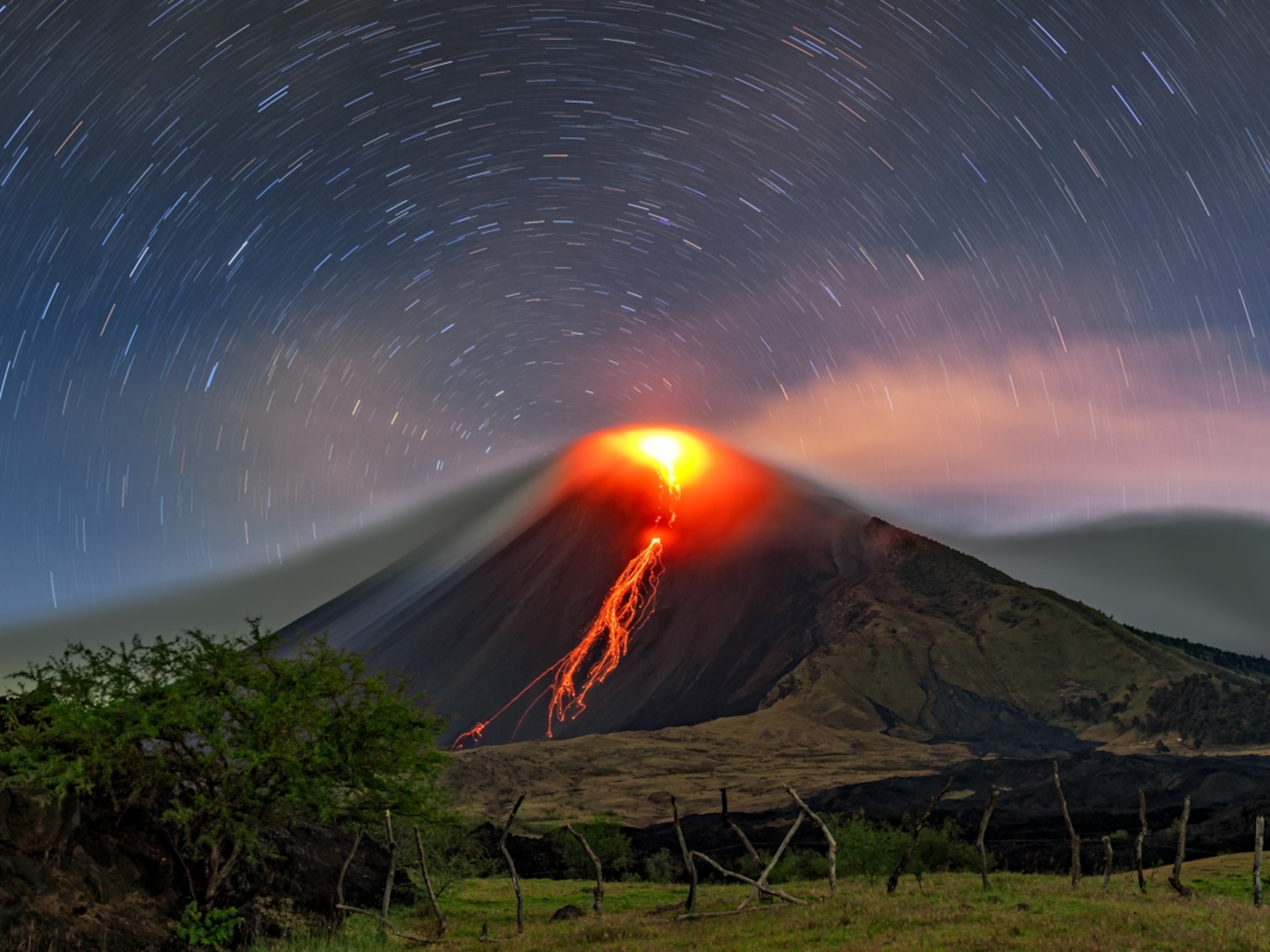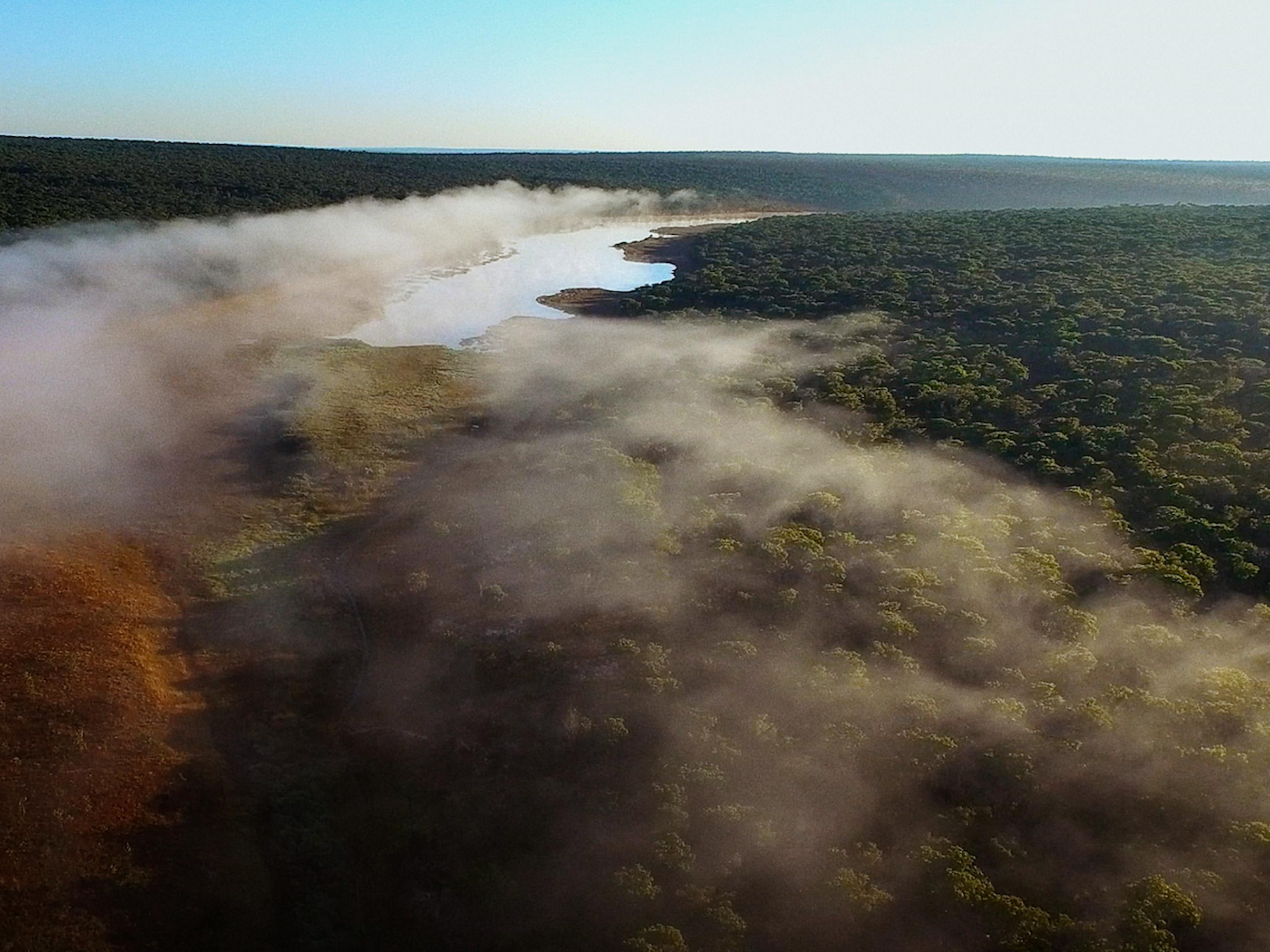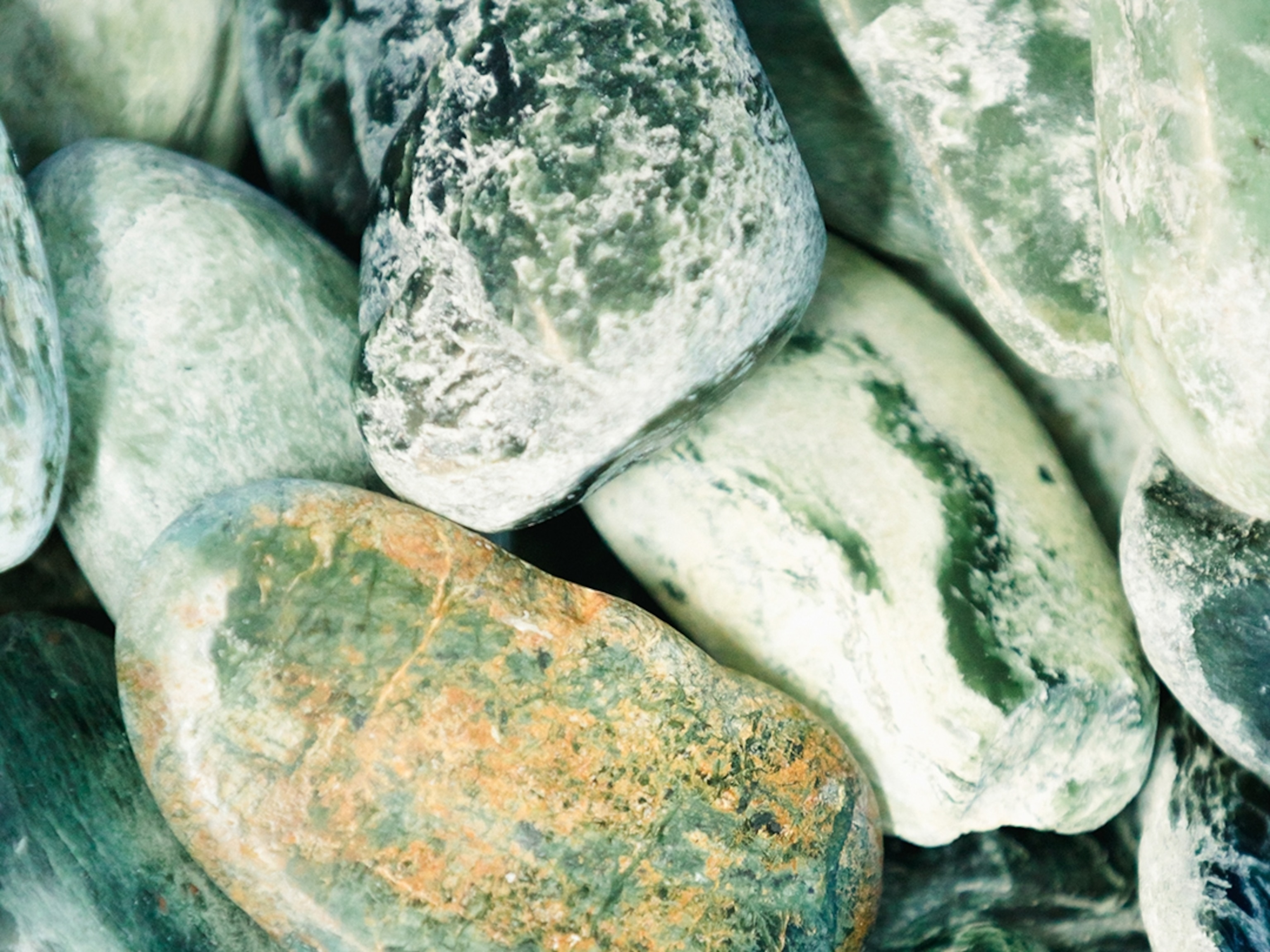
How Diamond-Studded Magma Rises From Earth's Depths
Carbonate-rich material likely helps gems race to the surface, study says.
The recipe for making diamonds is no secret: Take carbon and squeeze it under the extremely high temperatures and pressures found deep inside the Earth.
The mystery lies in how the prized gemstones then get delivered from the depths to parts of Earth's crust that are accessible to miners.
According to a new study, diamonds can be carried up through the lithosphere—the crust and uppermost layer of the mantle—by dense magmas rich in carbonate.
"These melts are really quite special, because they can hold a huge amount of dissolved carbon dioxide, up to 40 to 45 percent by weight," said study leader James "Kelly" Russell, a petrologist from the University of British Columbia in Vancouver.
(Related: "Weird Form of Carbon Acts as 'Reversible' Diamond—A First.")
Previous models had suggested that gases in the magma would increase its buoyancy, helping to push the diamond-laden melt closer to the surface without destroying the precious gems.
The new lab experiments now show how molten carbonate reacts with other chemicals in Earth's lithosphere to release the gas, offering a likely mechanism for speeding up the dense magma.
"Let There Be a Gas Phase"
Natural diamond production begins deep beneath the planet's oldest continents, where Earth's lithosphere can extend to depths of 75 miles (120 kilometers), Russell said.
There, a type of material called kimberlite magma forces its way up from deeper in Earth's mantle, cracking the solid rock.
As it rises, the magma collects fragments of rocks, like floodwaters picking up silt and gravel. Some of these fragments contain diamonds.
(Related: "World's Oldest Diamonds Discovered in Australia.")
But the diamond-containing rocks are heavy, and the magma picks up enough of them that its progress should be substantially slowed, Russell said.
Diamonds, however, have to rise quickly, or they will be destroyed as they pass through zones of intermediate pressure, where the gems can be rapidly consumed by high-temperature oxidation.
The best estimates are that, in order for the diamonds to make it, the magma must travel all the way to the surface in about 10 to 45 hours—moving at about 3 to 13 feet (1 to 4 meters) a second.
The only way for magma to rise so quickly, Russell and others have long believed, is if the melt is supercharged with gas—but nobody knew where such gas might come from.
"Prior models have been [rather] deus ex machina—let there be a gas phase," he said.
Diamonds Caught in Volcano Plumbing
In the new paper, Russell and colleagues found that as carbonate-rich magma passes through overlying rocks on its way toward the surface, it quickly dissolves those rocks' silica-rich minerals.
In high-temperature and high-pressure lab experiments, this process can start happening within tens of minutes.
The resulting mixture of molten silica and carbonate can't carry as much dissolved carbon dioxide as the original magma.
Large quantities of gas therefore bubble out, causing the magma to rise even quicker, until it reaches the surface in an explosive eruption.
More importantly for miners, long after the resulting volcano has been eroded into invisibility on the surface, its interior plumbing remains, leaving behind kimberlite "pipes" that may be rich in diamonds.
(Also see "Volcano Pictures: First Descent Into a Magma Chamber.")
A First Step in Better Diamond Hunting?
Whether the findings will help prospectors find new diamond deposits is unclear, Russell said.
"These people are pretty smart," he said of diamond miners, noting that years of experience have taught them many rules of thumb regarding the most likely places to look.
Still, he noted, the new study might point the way to future research into mineralogical signals that could help differentiate fast-rising kimberlite deposits, which might contain diamonds, from slower-rising ones that are unlikely to bear any gems.
The study might also help increase prospectors' confidence by explaining why their current strategies work, Russell added.
The new diamond-transport study appears this week in the journal Nature.




